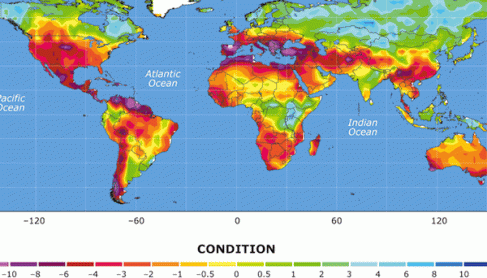There has been an ongoing debate regarding the negative impact of climate change versus natural occurrences. Environmentalists point to the damaging actions of mankind as the source of a climate change problem while many conservatives totally dismiss this as a silly notion. This week Native American and Alaskan leaders testified in Washington, D.C. on the need for Congress to address the serious issues of environmental changes in their communities. In their testimony, they told of their villages being underwater because of coastal erosion and droughts. Alaskan leaders noted the change in venue of the Iditarod Trail Sled Dog Race because of lack of snowfall. Mike Williams, Chief of the Yupit Nation in Akiak, Alaska emphasized that his community always has lived off of the land and waters, but now their survival is threatened by today’s climate changes. Native communities are disproportionately impacted by harsh climate changes because they rely on nature rather than technology for food, sacred sites and cultural ceremonies.
To foster discussion and give attention to the problem of climate change and its negative impact on tribal communities, the Smithsonian Institution’s National Museum of the American Indian is hosting a symposium this week. Entitled First Steward, this gathering of tribal leaders, scientists and individuals negatively impacted by climate change provides an opportunity to learn first hand about indigenous populations who have lived off the land and waters and continue to so but now are finding to difficult to maintain their lifestyles. These communities do not have access to technology that exists in large urban centers. As a result, their very existence now is compromised, and they need help. Mr. Williams advised that any plan to address climate change should take into consideration native practices and traditional knowledge.
It is important to realize that climate change exists and is happening now. While we argue about its cause and how to balance the costs of climate change, some communities are melting away. Let’s all become stewards of the environment. Live green, be green.


